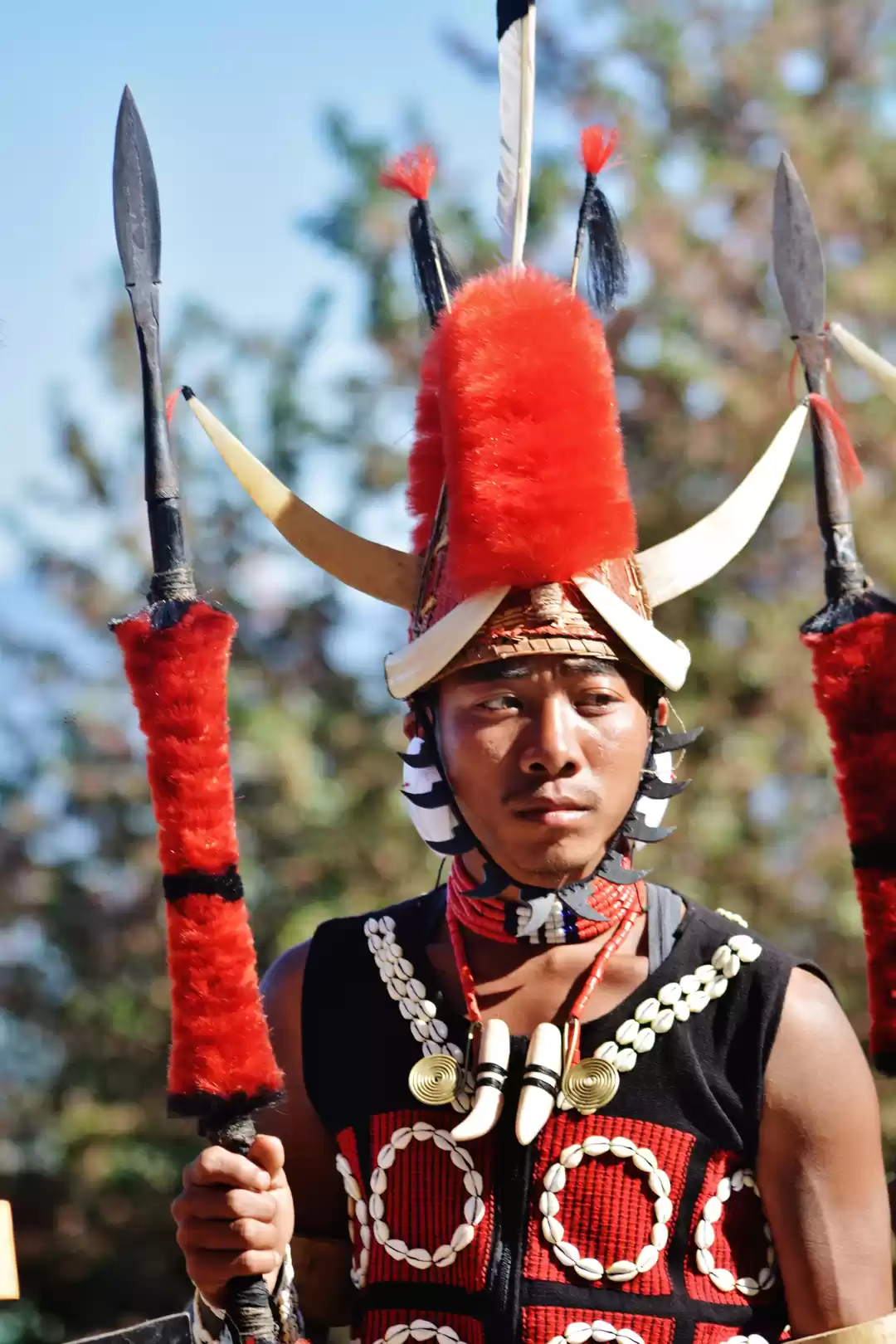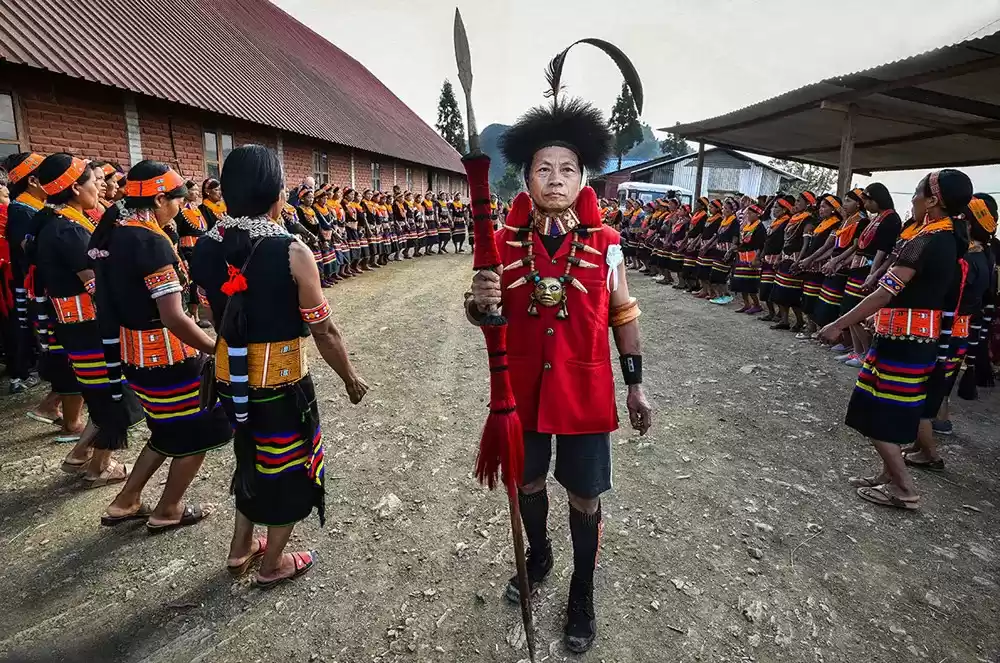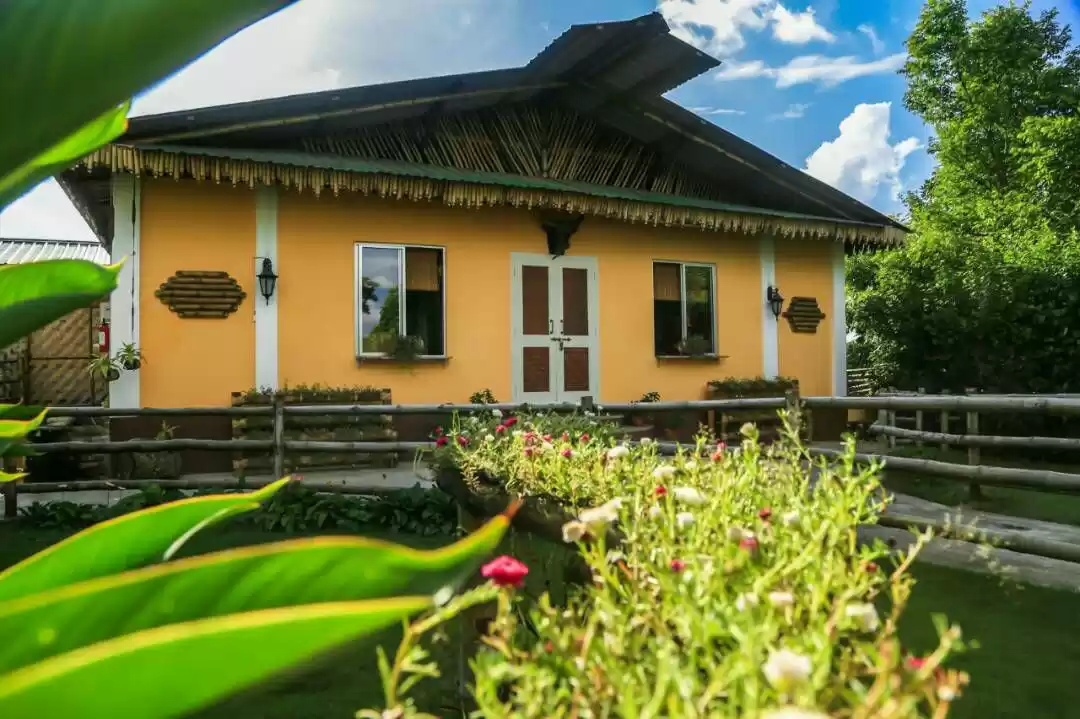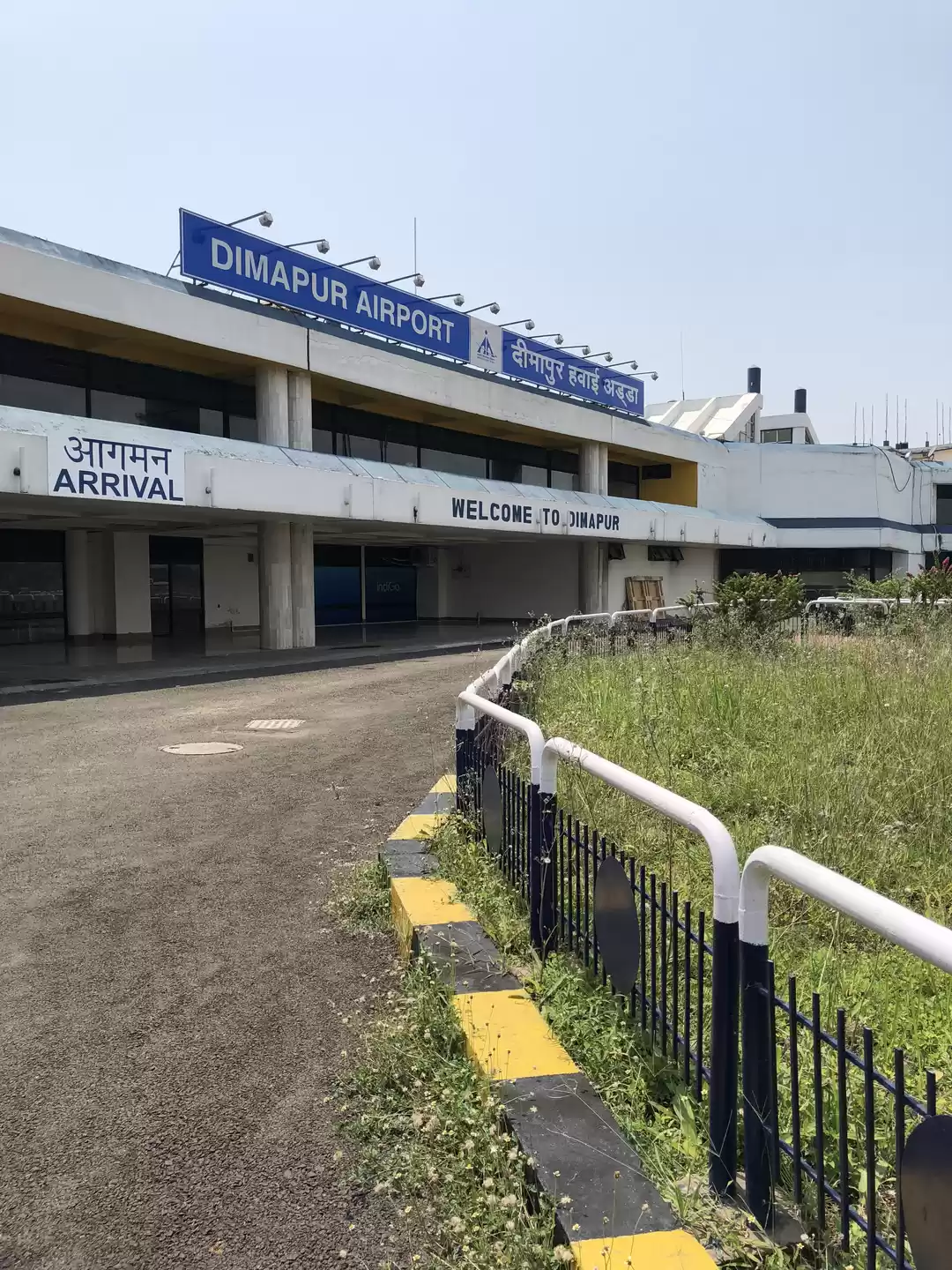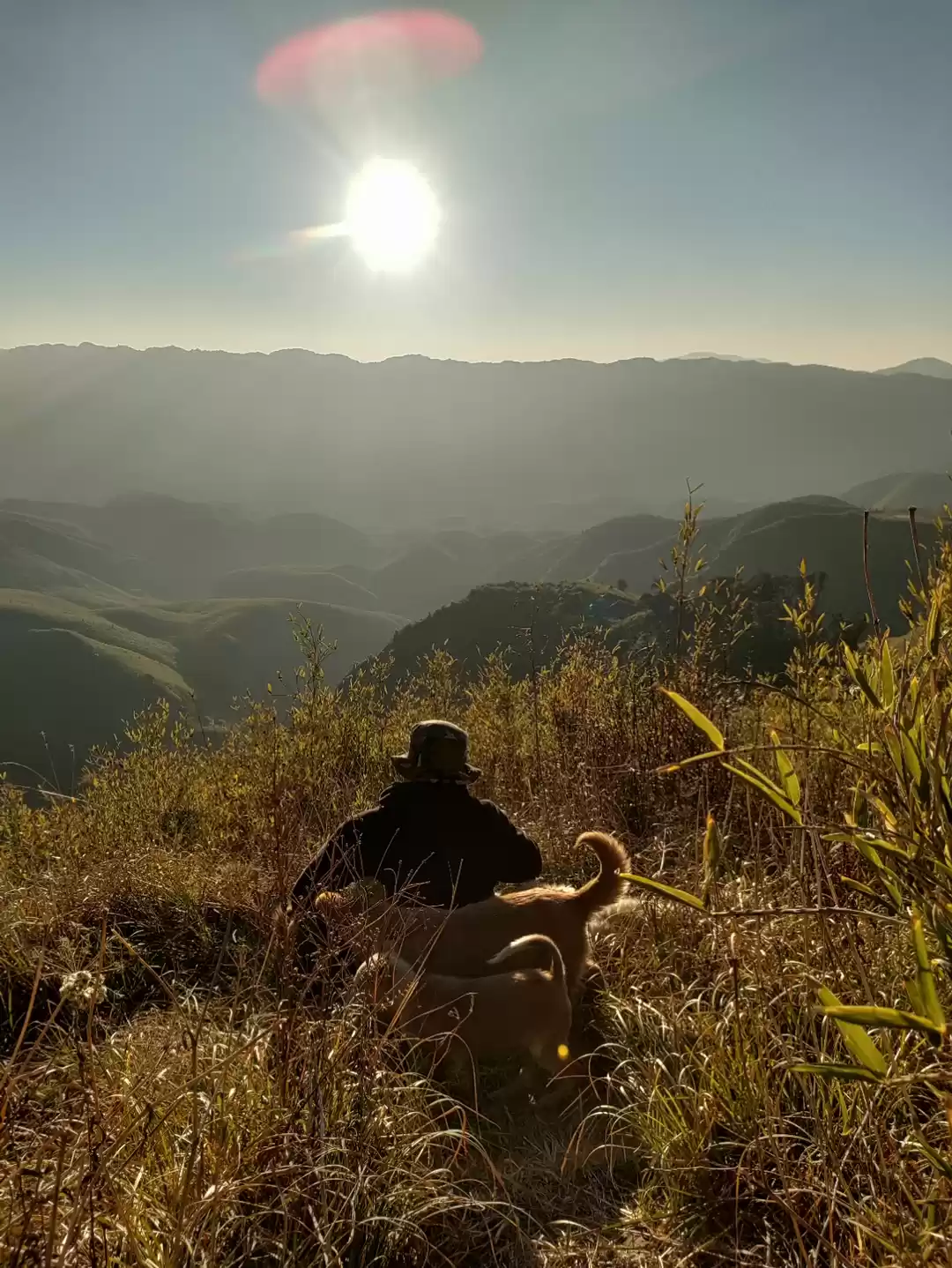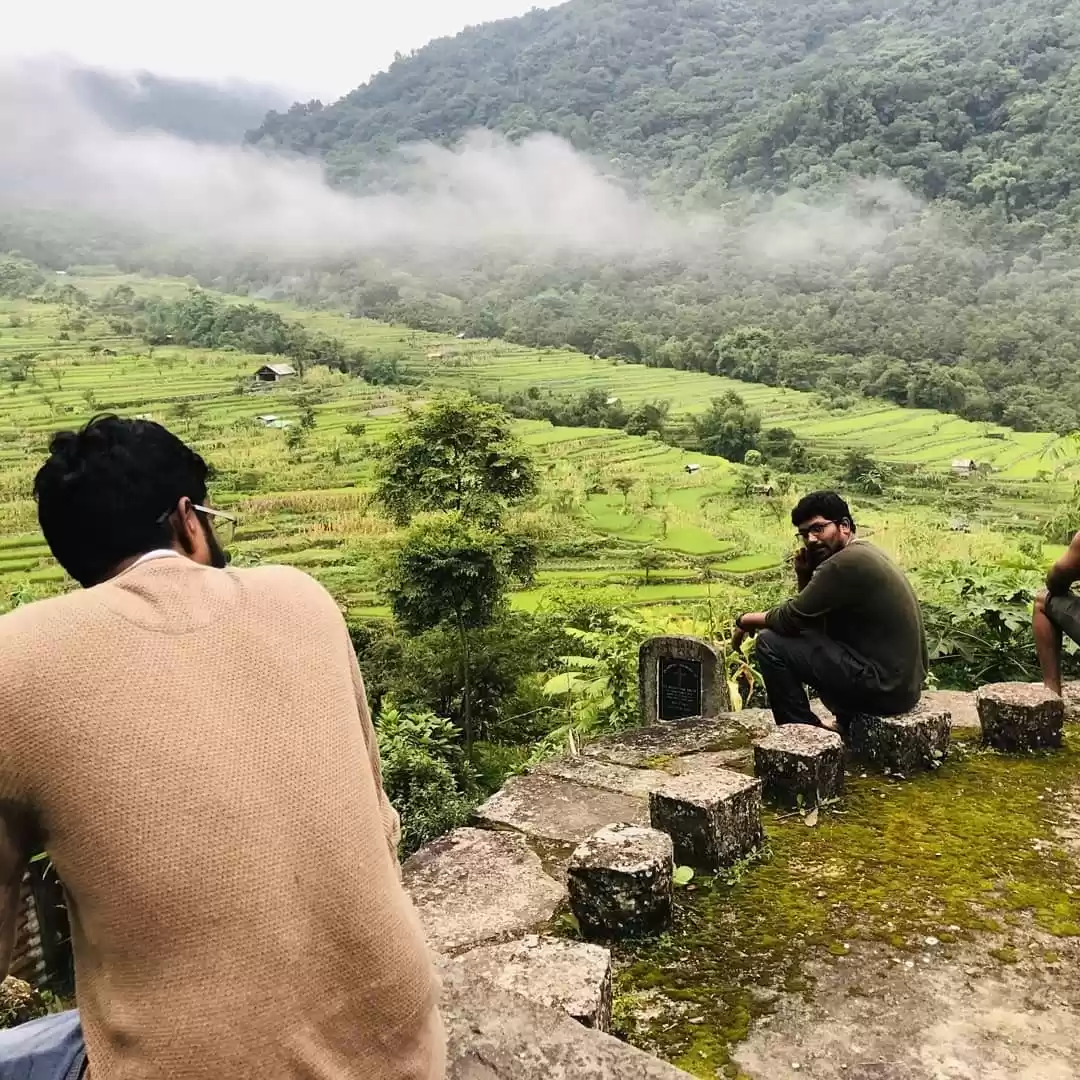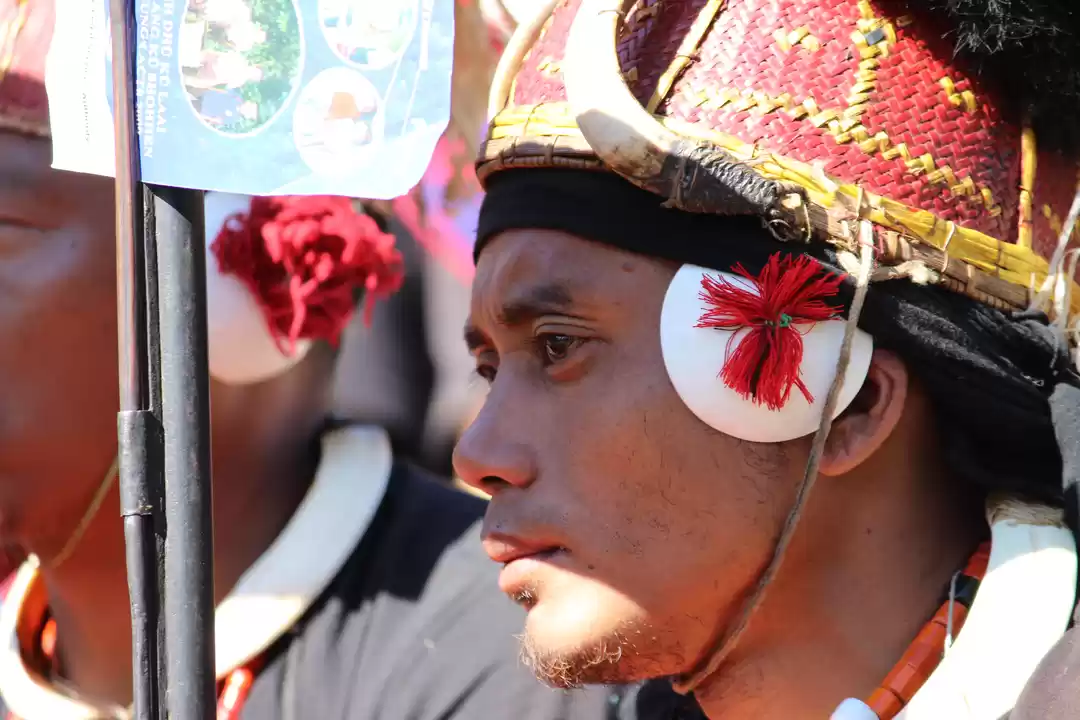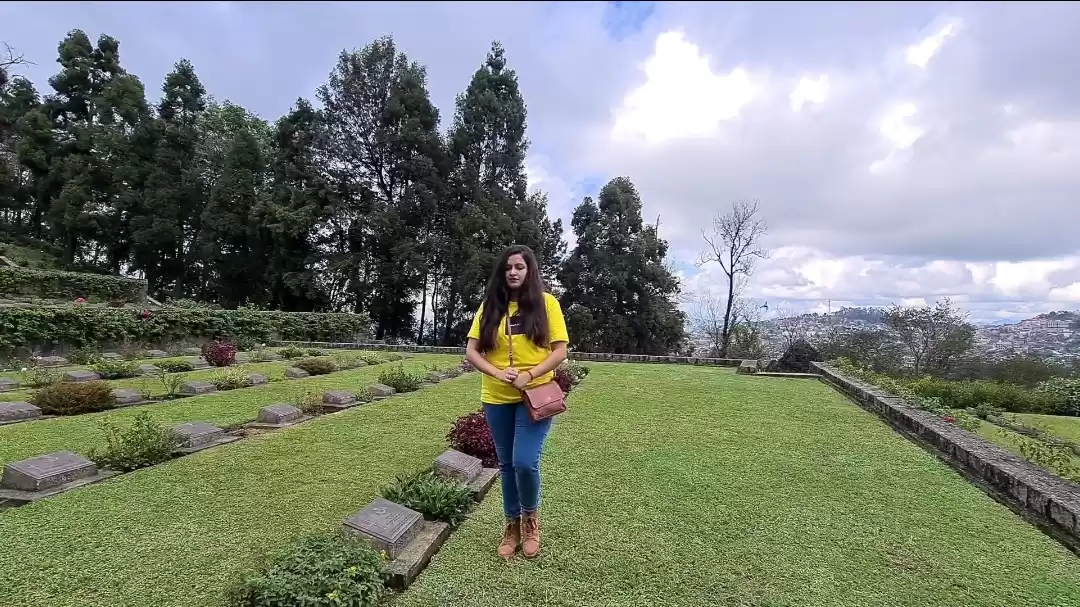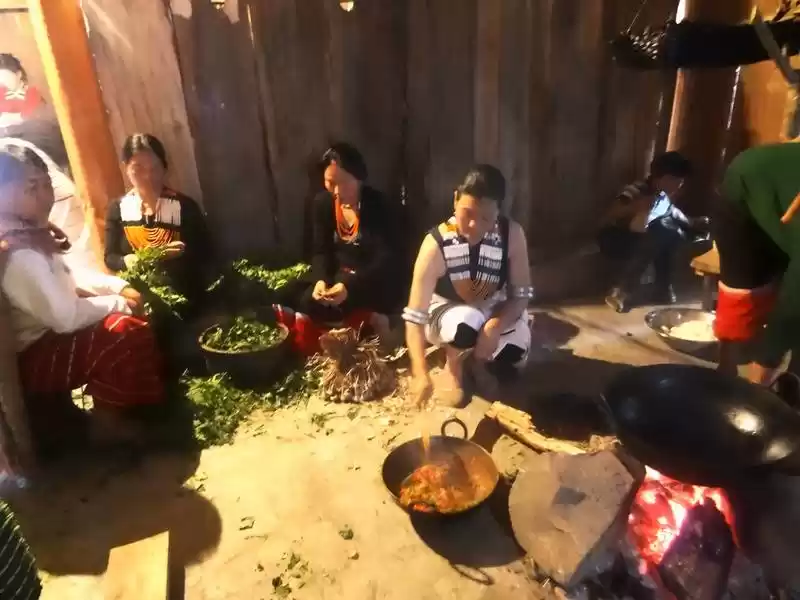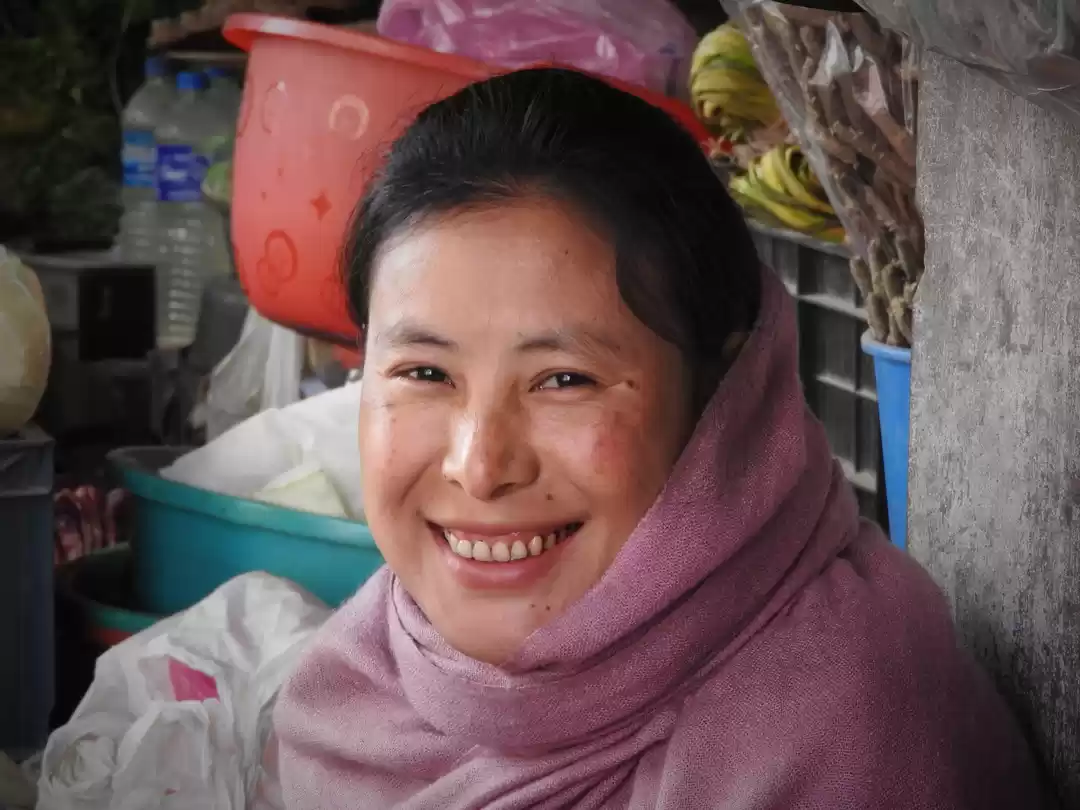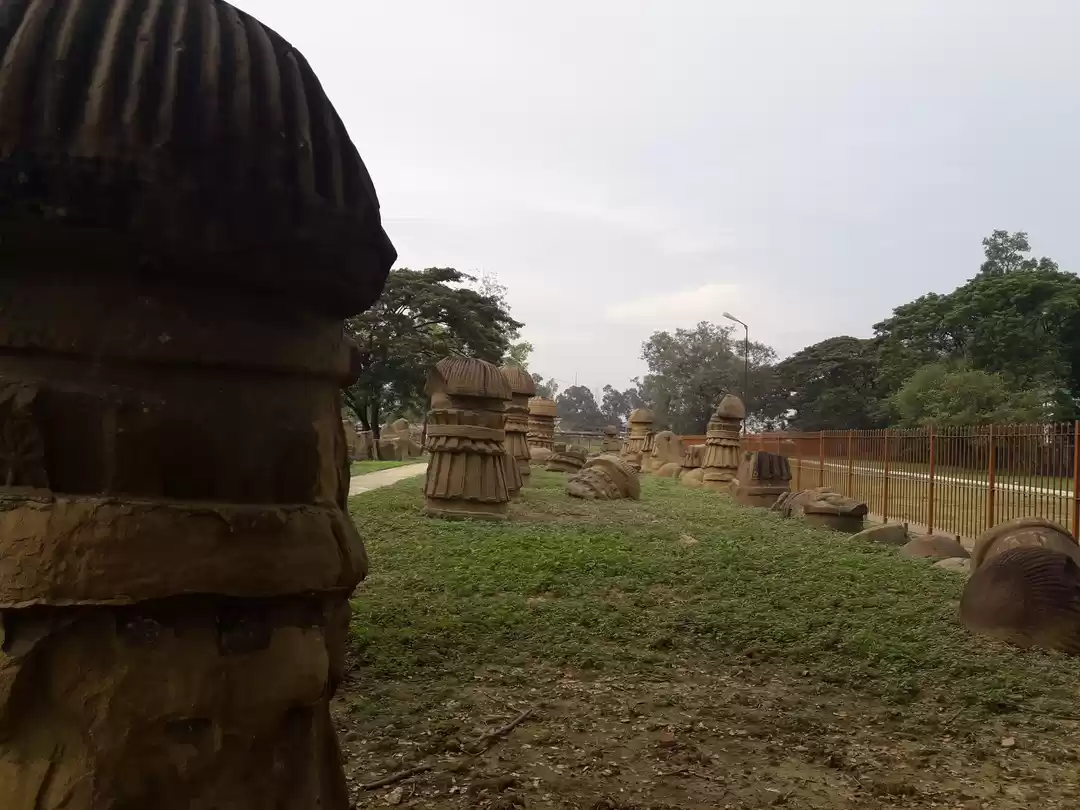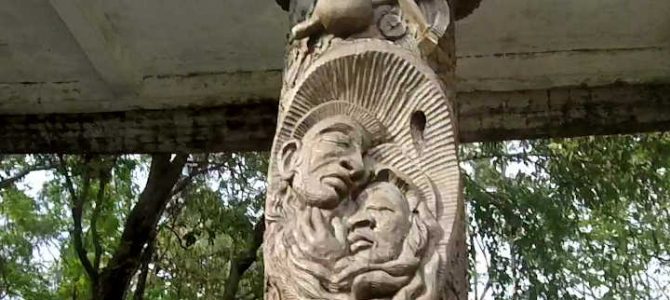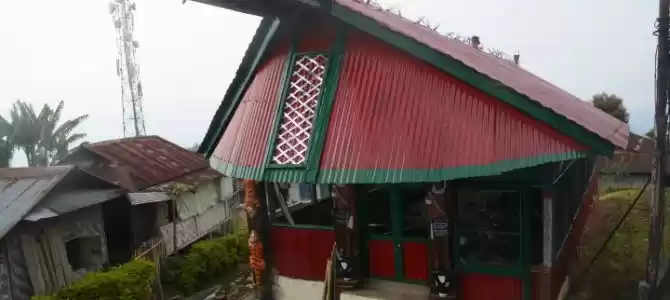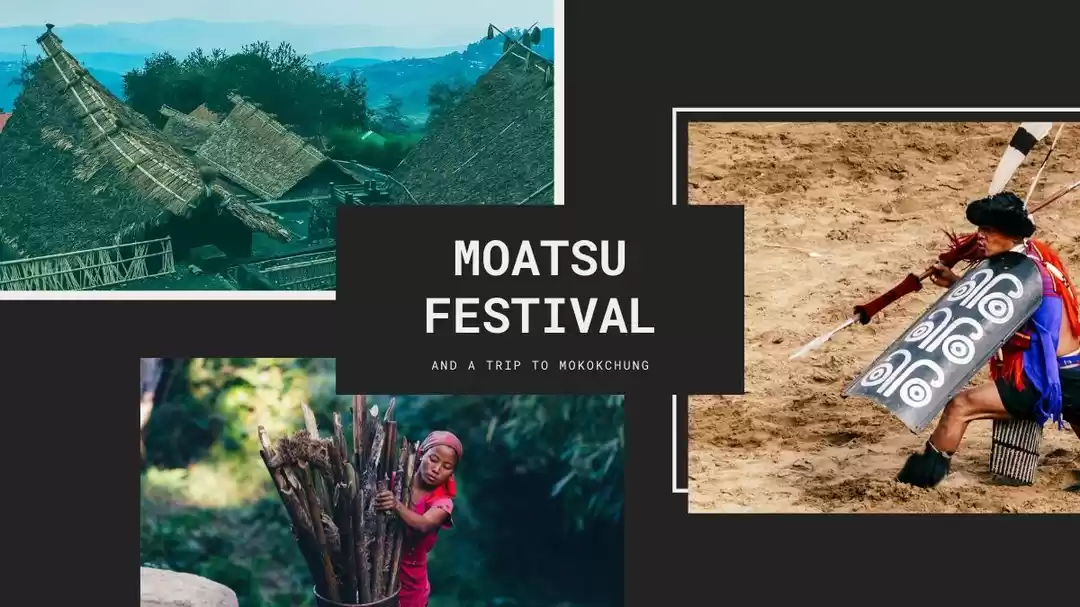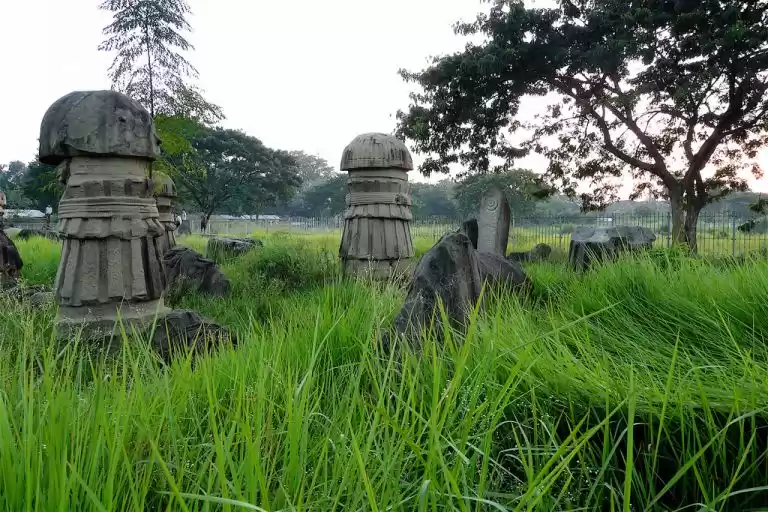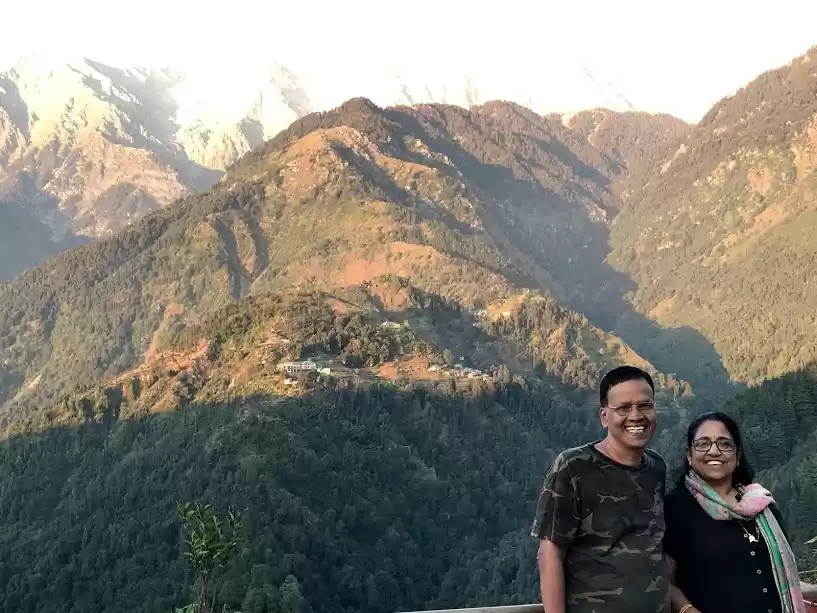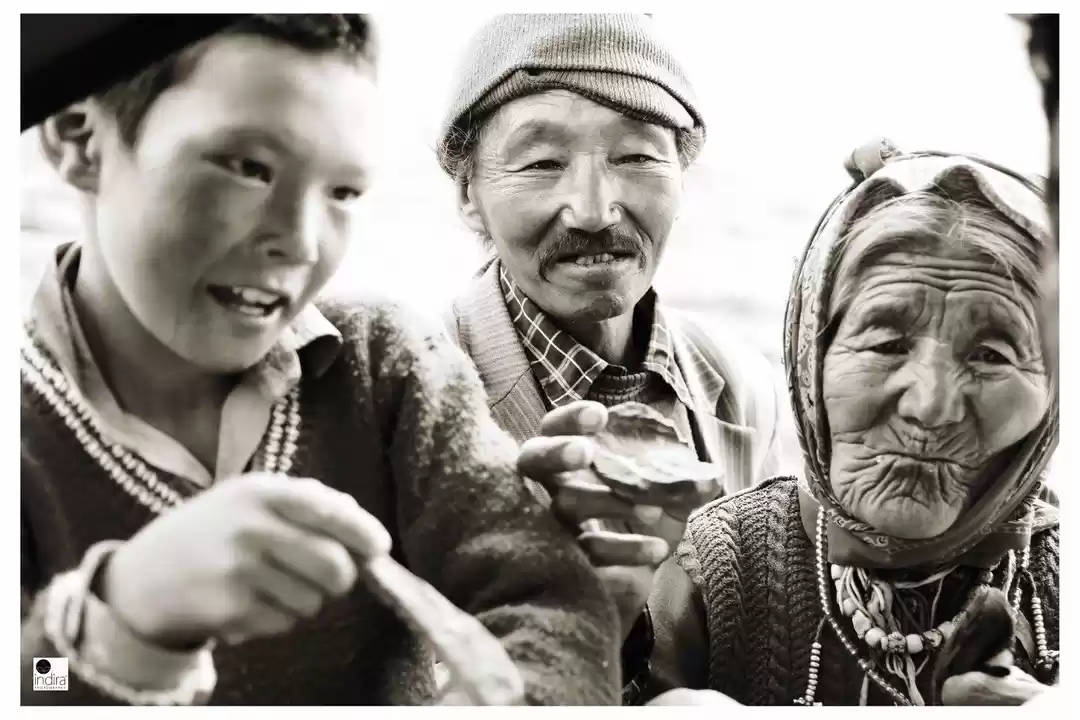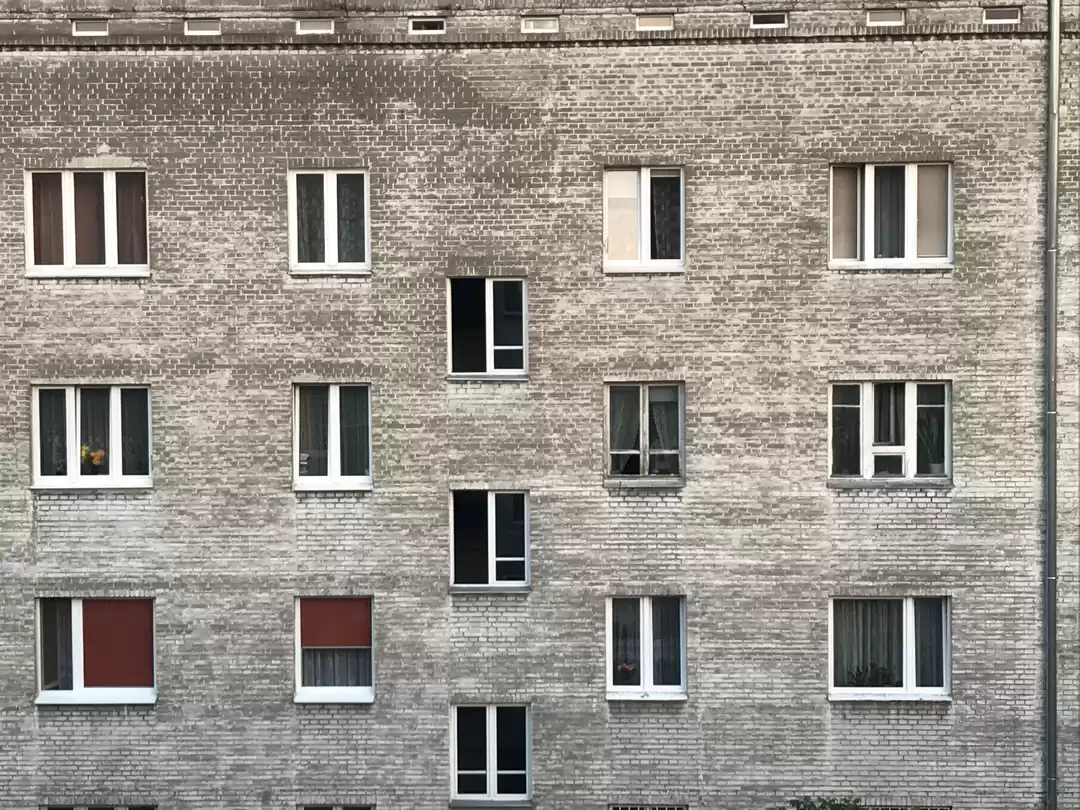
In the middle of Nagaland is the district of Mokokchung, the home region of Ao tribes. The Ao tribes speak a language of the same name. Like any other community in the world, the Aos too have their own music and historic tales. One such tale is the legend of Etiben and Jina, two lovers seperated by a huge wealth gap and family objection. They could never come together as a married couple, but for Aos they are the symbol of unshakeable love. As a walk down the history lane, we are going to recollect this very popular Ao historic tale and also take you to the place where the two lovers lived and are still celebrated today - Mopungchuket
Who were Etiben and Jina?
Etiben, a woman, and Jina, a man, were the residents of Mopungchuket village during the 12th century. Their love story is still legendary in Mokokchung district, but particularly so in Mopungchuket, where the two lovers have been commemorated with their own towers and with additional sculptures at the village's ecology park.
Fresh out of a Morung (a men's hostel in Naga villages where young men learn the skills of life), Jina was a brave warrior. Able and strong, he was considered the bravest of men in the village. He was also a highly skilled player of the cup violin, a stringed musical instrument made of dried gourd, a vegetable grown and used widely in the area. But his family was poor.





Etiben was the daughter from a rich family and loved to decorate herself with her ornaments. She is said to be very beautiful, with the skin the colour of amber and with big dovey eyes.
Despite the contrast, the two fell in passionate love.
Secret meetings
Etiben and Jina knew about their respective families's wealth gap and felt that their love would never be approved. They didn't feel comfortable declaring their love publicly. So away from Mopungchuket, the two started meeting secretly in Longkhum, a village 18 km south.
At Longkhum, they used to walk along a certain trail in the forest. They used to take breaks while walking and sit on the stones along the trail. Every time they sat, Jina would play his cup violin and Etiben would listen to him in a trance. Sometimes she too would keep herself busy, taking off her ornaments, cleaning them, polishing them and wearing them again. Their walking and sitting would continue until they reached a point where the hill ended in a cliff overlooking the valley of Doyang river. Here they'd just sit for hours happy in each other's presence. They'd make sure to reach their homes before someone spotted something amiss.
Unfulfilled opportunity for marriage
Despite all the care they took for not being spotted, Etiben's parents did come to know. They made the two lovers confess their feelings for each other. While Etiben's parents didn't have a problem with Jina, they were wary of his poverty. They felt that love alone was impractical to take care of their princess-like daughter. They doubted Jina's ability to provide for Etiben in day-to-day life.
Those were the days when men used to pay dowry to marry a woman. This was to prove to the bride's parents that the groom was affluent enough to provide for their his wife and for his future children. The dowry usually consisted of an asset that the bride's parents could use over a long time, e.g. goats, cows, poultry, goats, oxen, etc. Keeping with the tradition, Etiben's parents demanded a dowry of cows and oxen from Jina.
Jina knew that he had no way of procuring the cattle with his poverty. But he accepted the challenge. Etiben wanted to protest, but she knew that her parents' mind was made up, so instead she decided to wait for Jina, no matter how long he took.
Jina tried several ways to procure the cattle dowry, but his poverty worked against him and he had to give up. He discovered that he also had run out of time. Because other circumstances were brewing around him.
Tenyur, the rich land owner
A rich land owner named Tenyur heard about Etiben's parents's conditions for marriage to her. With his abundant wealth, he wasted no time in getting the cattle and presenting himself in front of Etiben's house. With dowry ready, he asked for Etiben's hand. Etiben's parents were only too happy to oblige, since they had found a rich match for their daughter.
Etiben tried several tricks to postpone her marriage with Tenyur, so that she and Jina could find some way for their own. Even on the days leading upto the marriage, she feigned sickness and remained bedridden so that the occasion would be postponed. But in the end, she had no choice but to consent to Tenyur.
Etiben's marriage to Tenyur
In a gala event, Etiben was married to Tenyur, while Jina had choice but look on helplessly. Despite the turn of events, he never got angry at Etiben. He acknowledged that she was a victim of circumstances and continued to love her dearly.
Meanwhile, Etiben's own marriage was not a happy one. Jina was an empathetic man. He respected Etiben and loved her exactly for what she was. But Tenyur had the mentality of a manipulative businessman. For him, Etiben was a housewife who should do his chores. That's exactly how he treated her. Etiben could no longer be her original personality, but had to fulfill the role that was expected by a man with a powerful stance in the society.
Secret meetings again
Etiben felt like a prisoner in her new home and soon could no longer take it anymore. While Tenyur was away for the day overseeing his vast farmlands being worked on by the farmers he had hired, Etiben slipped out of the house and started meeting Jina again. With Jina, Etiben found love and comfort.
While the meetings happened once in a while for some days, they became too frequent for their own good. Tenyur was a man with riches and he had too many men throughout the land as his hires. Too many on his side. It was only a matter of time before Etiben was spotted with Jina and Tenyur coming to know.
Tenyur's serious hurting of Etiben
In a fit of rage, Tenyur thrashed Etiben and inflicted serious wounds. Her limp body was left outside the vast fields that Tenyur owned. Somehow Jina came to know about Etiben's condition.
Togetherness for a short while and then death
Jina took in a badly injured Etiben and started nursing her wounds carefully. Etiben would often collapse into hours of crying and Jina would comfort her, always staying by her side, whether day or night. The wounds started making Etiben sick. Finally, they were too much for her body and she succumbed.
With Etiben dead, Jina was overcome with inconsolable grief. He stopped eating, drinking or sleeping. His grief and depression had ill effects on his body and he too died shortly.
A spectacle to behold
The bodies of Etiben and Jina were cremated together. Villagers swear that they saw magically shaped wisps of smoke emerge from the fire. The wisps seemed to have the shapes of two persons who looked like Etiben and Jina. They also seemed to be holding hands while ascending on their way to the sky. Thus the two lovers were united in afterlife.
Etiben-Jina tourism
You can relive the story of Etiben and Jina by visiting Mopungchuket and Longkhum.
At Mopungchuket, one can see two towers, each named after the lovers. The two towers are the tallest structures in the village and so always face each other. At the village's Sungkotenem park, one can see an area with several carvings from local folktales of Aos. Some carvings are from the story of Etiben and Jina. There is also an Ao cultural museum at the village centre.
At Longkhum, you can walk the same forest trail that the two lovers walked. You can then stop by the viewpoint to Doyang river. On the way, the village guide will take you for two experiences that you will otherwise enjoy only at Meghalaya. Longkhum has its own living root bridge and caving experience.
Conclusion
Folk tales and legends are a great way to explore India. Every region has its own tale and you can relive the lives of the characters through the different places they were at. It gives more context even to the most geographically insignificant places.
...
This post first appeared on India 360 blog, a trip about our travel all around India for a year.






